Minis have a passionate following and are adored by millions and millions of classic car lovers worldwide.
Whether it was their first car, a Mini for Mum, road trips with a car filled to bursting with people and luggage, or boy-racing escapades, everyone has a Mini story.
The Mini has the ability to become a member of the family with their cute-as looks and this “yellow one” nicknamed ‘Gertie’ is no different. The Kelly family of Dunedin are dedicated Mini fans from way back and this LE is just one in their collection – albeit something of a favourite.
“The Kellys have more Mini stories than most and this one dates back to June 1978, when Margareta Arthur went to the Dunedin branch of NZMC, City Motors. She bought a brand new Mini 1000LE, trading in a 1976 Mini 1000. She adored her new car, naming it ‘Gertie the Yellow One’. She owned Gertie for the next 18 years before selling it in 1996, when Margareta moved into a rest home. Cathy Cotton was the next owner and Gertie was her first car. She was given a letter from Margareta at the time of sale, asking her to take care of Gertie. Cathy adored Gertie and used it to go to university, including many trips to Central Otago for fruit picking, nearly doubling the odometer in the first year of ownership.”
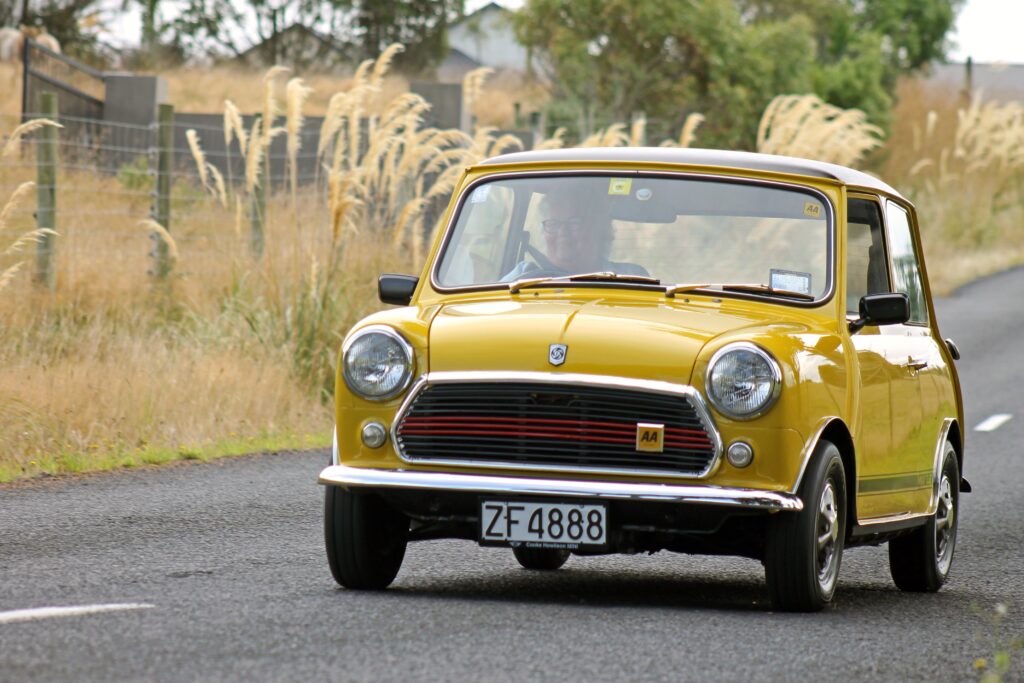
Mercedes W124, 300E
One of the best they made
With one exception in the line-up, the W124 was neither sporty nor aggressive. It was modestly stylish and with 2.7 million made it was certainly not rare, but it was one of Mercedes-Benz’s best efforts.
“Cromwell car enthusiast Mike Elford has parked some interesting cars in his garage in recent years, the last being a very quick Nissan R32 Skyline and previously a tidy Mazda RX2. The Nissan was used a little but it was quite a hard riding car and Mike’s licence was under threat at a mere caress of the go pedal. Something more usable was needed and the Nissan went to a good home. On the lookout for a suitable vehicle and an opportunity came out of the blue, with something a little different nearly a couple of years ago now as Mike recalls.
“I was looking at something to replace the Nissan and I saw this Mercedes 300 advertised for sale at Gazely’s, a Wellington Mercedes Benz dealership. It was a one-owner 1989 model with just 27,000km recorded. It looked pretty good and the dealer had just completed a service and replaced anything that was ageing or wasn’t quite up to standard.”
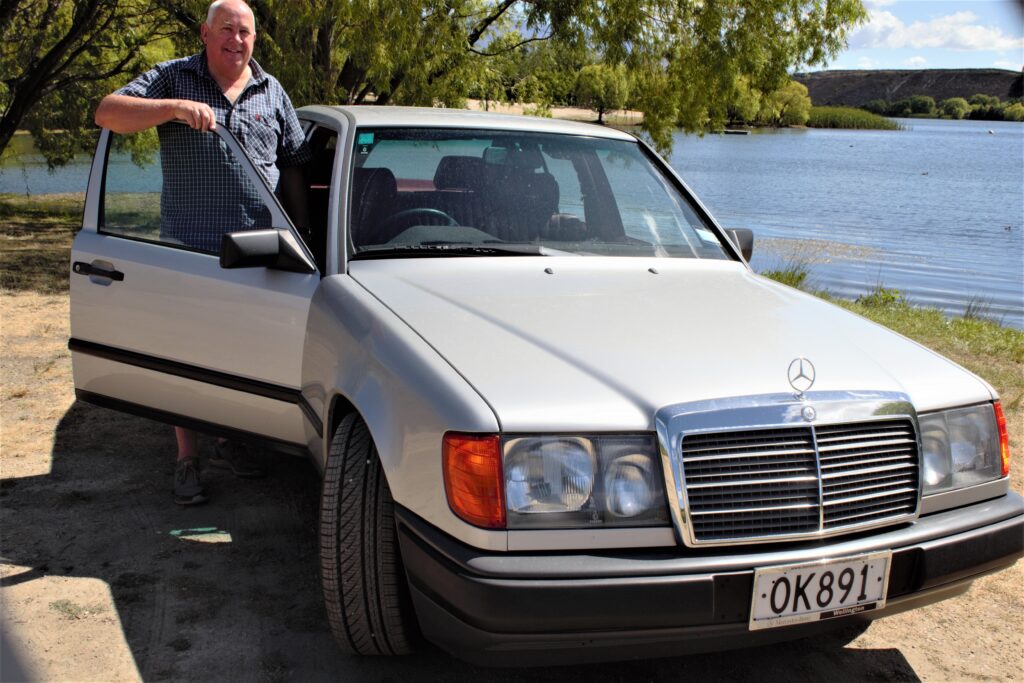
Corvette blue bullet
Le mans-nurburgring-napier
A unique vision, combined with innovative engineering, advanced technology, and unprecedented manufacturing efficiency propelled both a meteoric rise in world class endurance racing and the creation of a high-performance production supercar, the Corvette C5 Z06.
“Blue Bullet’s interior has an easy-to-read instrument panel and a user-selectable, illuminated heads-up display (HUD), something not commonly included in supercars but which is invaluable for optimum Z06 handling at high speed. The driver can focus solely on the road while also being able to see real-time readouts of speed and revs. Driving the Blue Bullet in Hawkes Bay, I find the HUD invaluable on fast moving roads transitioning to large sweeping roundabouts, such as those on Highway 2 between Napier and Hastings. As the speed and revs are constantly in view, one can safely and smoothly navigate the roundabout by simply dropping gears, avoiding braking entirely, while appreciating the suspension’s stability and the value of 18- inch rear wheels that stick like glue!”

Ford Zephyr innovation
Ford planning
When Connal Grace contacted us about Mike Gillard’s project, I was gob-smacked. This is the stuff of motor racing folklore, from Hec Green to John Britten, taking the ordinary and building the extraordinary.
Mike Gillard’s quest for a Raymond Mays cylinder-head Zephyr has seen him develop his own Ford Zephyr block, with Toyota 2JZ architecture hidden inside.
“If you were to enter Mike Gillard’s home garage, you wouldn’t find much out of the ordinary. A Mk3 Zodiac, clearly well looked-after, sits on axle stands in a state of partial disassembly, while a Mk3 Zephyr tucked away in the background appears to have been stripped of every removable panel and piece. Nothing too unusual for your average Kiwi petrolhead, right? Looks can be deceiving.
It’s hard to find the best place to begin telling a story like this; there are plenty of starting points between the ’70s and now but 1987 would be as good a year as any, at the Pukekohe Swap Meet.”
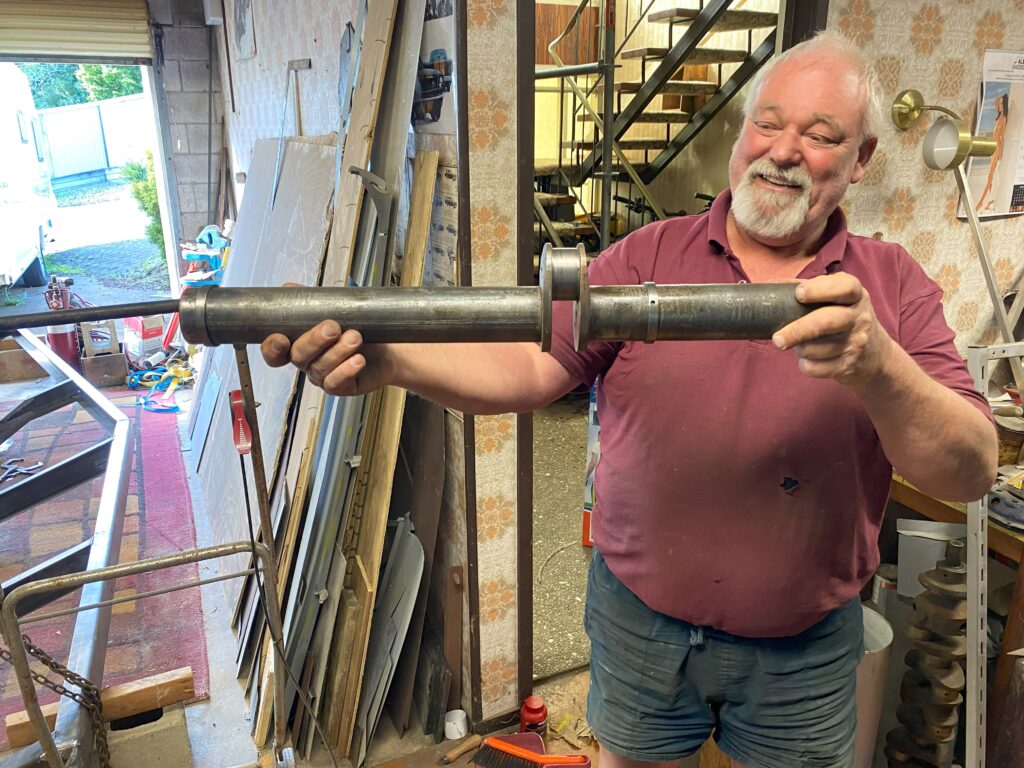
1963 Mercury Comet
Mercury rising
Mercury: the first planet from the Sun, super-hot surface due to proximity to the Sun, zero moons and lifeless. A comet: a ball of ice and dust that orbits a sun.
Our featured car is a 1963 Mercury Comet S22 with the 260ci and factory floor mounted 4-speed manual transmission, a rare model then and now. When originally sold these were rated at 164 bhp with a theoretical top speed of 101 mph and a 0–60 mph of 10.5 seconds. This car is owned by Wanaka resident Glenys Morgan and has been lovingly restored by her husband, Barry, a retired engineer.
“Here on planet Earth, these words can take on a different meaning. Mercury, a brand of the Ford Motor Company, was positioned above the Ford vehicle line and below the Lincoln line, similar to Buick within the General Motors (GM) line. Comet, the upscale version of the Ford Falcon, sold as a Mercury model capitalising on the popularity of the space race in the 1960s and its bigger sibling, the Mercury Meteor.”

Berkeley Sports Cars (Part 2)
Tiny Gems in The Goldfields
The story of Laurie Stanton’s collection of these great little British fibreglass sports cars continues.
“Laurie was helped locally with painting the cars. The green car didn’t need a major overhaul of the fibreglass, but he was not so lucky with the red one which was stripped and required repair work while major repairs were needed with the blue car.
“NZ Composite Tech here in Cromwell, run by Doug Rayner, did an excellent job. He’s a really talented guy specialising in fibreglass. He did the repairs and painting on the red car, and on the blue car out of Wellington, which had extensive damage and he did a great job.”
The red one acquired a full box chassis somewhere along the line and its personalised plate is a giveaway.”

1969 Ford Escort Twin Cam
The everyman supercar
Ford UK had high hopes for its Anglia replacement when it was presented to an eager press in early 1968, in of all places, Morocco, the land of the Arabian Nights. The Escort success story would be no fairytale, but a tale of success growing into an almost cult-like following today. New Plymouth enthusiast Nigel Purdie was looking forward to a relaxing retirement at his holiday home on the Taranaki coast, and the search was on for something more practical than the cars that had filled his garage in recent years.
“The more I looked into it and the price expectations people wanted for a really rough model, I thought heck, I can do better. I can make one of these up. I have got enough skill and knowledge of my own plus I can surround myself with people to do it and so that’s what motivated me to go ahead and build one from scratch.”
He acquired a standard Mark I Escort which had been parked up awaiting a restoration for several years on Auckland’s North Shore. The owner offered to get it warranted but Nigel said not to bother as the first thing he was going to do was strip it completely. Nigel says he kept the former up to date with progress and he appreciates what Nigel has done with it.”

Dump the clutch and bury the gas!
A memory of early ’70s kiwi drag racing and hot rodding
Drag racing and hot rodding does not spin everyone’s crank, that’s a given. But in the early ’70s, particularly around Auckland and possibly Christchurch, a fascination for hot rods and quarter mile racing burst out of the woodwork.
“We were also like lambs to the slaughter when the new wave of hot rod literature appeared on the shelves of neighbourhood bookshops. NZ Hot Rod Magazine emerged in 1967 – still the longest running New Zealand automotive magazine – and it was a window into the burgeoning home patch scene. Drag racing was very rudimentary in the 1960s but the wonderful colour pinup photos that appeared from around 1968 had us drooling.
Hot rod posters to pin on your wall were also to die for. Zany hot rod art had been popularised in the US of A by Ed ‘Big Daddy’ Roth with his weird ‘Rat Fink’ hot rod art. This type of art was highly desirable to us young pretenders. We were lucky enough to have a young guy producing this type of really cool litho posters on a small press at our local shops.”
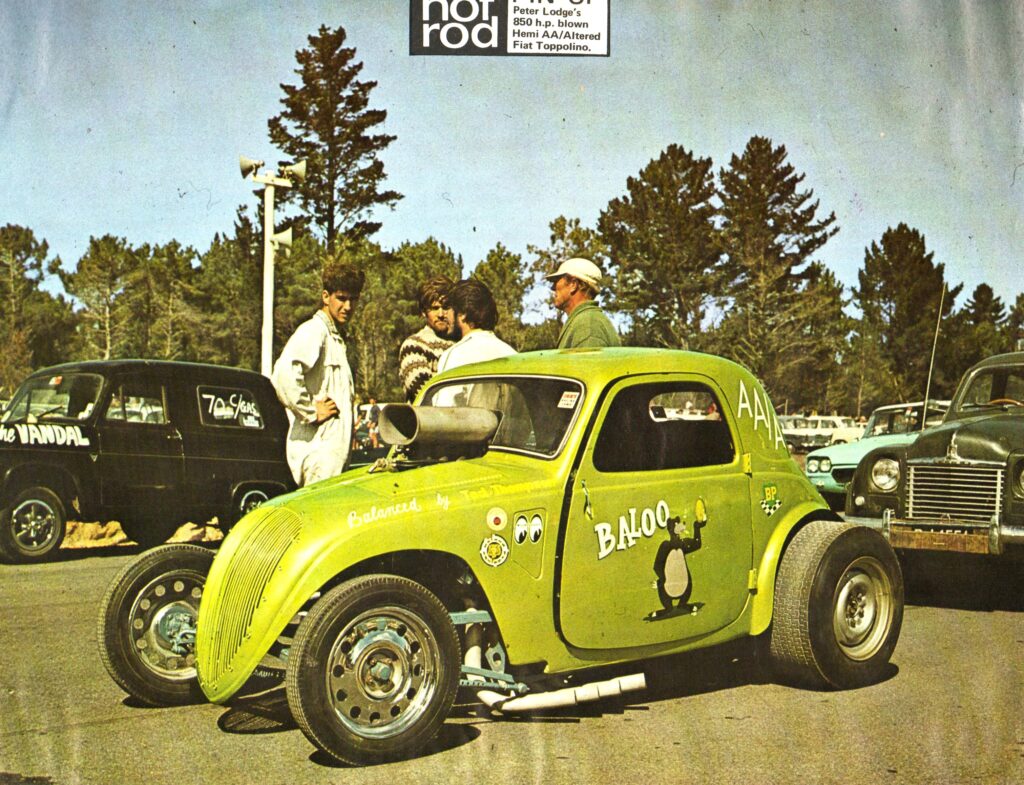
1965 Volkswagen Kombi Type 2
Red and ivory
The design of the Type 2 is generally attributed to Dutch Volkswagem importer Ben Pon. Pon came to the new Volkswagen plant at Wolfsburg in 1946 and looked over assembly of the Type 1 then overseen by a British Army Officer, Major Ivan Hirst.
“‘Otto’ is Wellington husband and wife Andy and Ali Bray’s, 1965 Type 2 Volkswagen panel van; full name ‘Otto von Vannington’.
Volkswagen called the rear engine van the Type 2,to differentiate it from the Type 1 or ‘Beetle’ saloon, when the company’s forward control light commercial vehicle range debuted in 1949.
When Andy and Ali were discussing possible names for the VW, they said they liked Otto. Ali hopped on to the personalised plates website and found Otto was available to make their day, and that is how Otto got his plates.
Otto came to New Zealand CKD (completely knocked down) from Germany for assembly at VW Motors (formerly Motor Holdings), in Otahuhu, Auckland.”
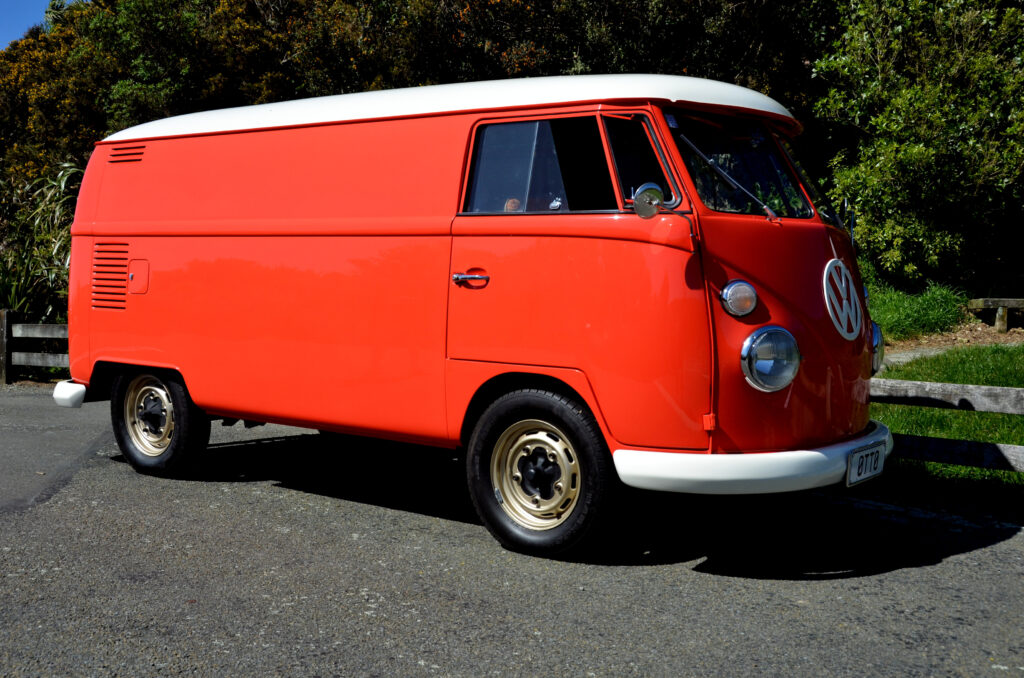
Barn finds
The holy grail
Have you ever considered it ironic how two words seemingly uninteresting in their own right can engender emotions when placed together. A good example is “Root Canal”. On their own, the words are neither, concerning or special, but placed together they can elicit visions of pain to the jaw and the wallet. A happier example is the two words “Barn Find”.
“Could New Zealand also have its share of Barn Finds? Undoubtedly, we have plenty of storage and an avid car culture, but the simple fact is that cars were not sold in such large numbers in the 1950’s and 1960’s. New Zealand had import restrictions and a recovering economy after World War Two. Those cars imported or assembled were largely utilitarian and not nearly as sought after as the US models. We do have our challenges with rust too given the proximity to the ocean and the prevailing wind. Perhaps our biggest advantage is the JDM, the Japanese Domestic Market vehicle unicorn such as a Starion, Celica, Supra or RX7.”

Motorman by Donn Anderson
An affordable way to look rich
Fiat’s superbly styled 850 Sports Coupé looks as good today as it did in 1965 – but you now need a patient search to find an example, as Donn Anderson discovered.
“Half a century ago, the stylish Fiat 850 Coupé was the way to go for canny buyers seeking a car that was out of the ordinary and didn’t cost a fortune. Yet all these years later, boasting handsome lines that have hardly dated, the little Italian is difficult to find.
Despite the scarcity of the model there seems to be a resurgence in interest for Fiat 850 Coupés, although prices have only eased upwards in the last decade. British values for good examples are around the equivalent of $12,000 and yet recently a 1970 Mark 2 showing 86,000 kilometres sold for A$19,450 (about NZ$20,700) in Australia. Another trans-Tasman owner was asking a hefty $30,000 for a 1966 Mark 1 that had done 45,000km, and around $15,000 for a 1967 left-hand-drive example.”
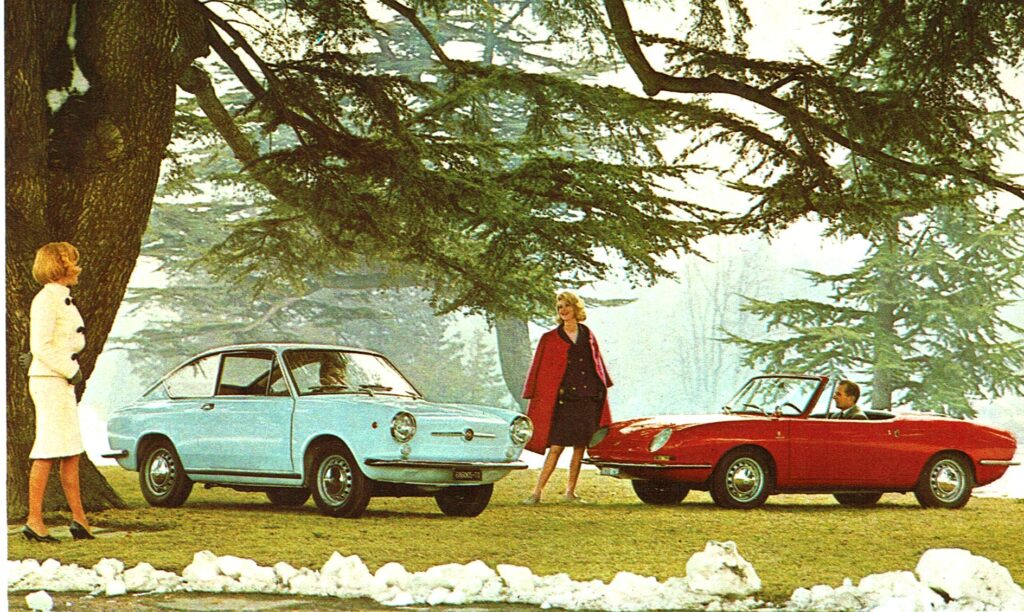
Postcard from America
From Stock Car to Car Stock
Last year I visited two museums in September 2022, the first being the Segerstrom Shelby Museum and the second being the Petersen Museum, both in LA.
“In June 2023 my wife and I visited the USA again. My wife is American and we have a five year old, so spending time with grandparents motivates our trips across the Pacific. Of course, being a car nut and even more than that, a US car nut, I have other motivations to visit the Land of the Free. Our recent visit spanned two months including a road trip from Denver, Colorado, to Washington State and then down the length of the West Coast. Further, upon returning from Europe we visited North Carolina, Las Vegas and California.
With all this tripping around, I was fortunate enough to visit all sorts of car museums and related places of interest. New Zealand Classic Car published my reports about the two previous museum visits but this is the first of my ‘Postcards from America’, to coin a phrase.”

Motorsport Flashback By Michael Clark
My mate Martin
Old racing cars are a constant fascination for crowds across the planet including at Ruapuna in February and Phillip Island in March. The Monaco Historique is Europe’s jewel in even numbered Mays while the States is a great place to be in July and August for Road America and Laguna Seca respectively. And then there’s the biggest of all in September – the Goodwood Revival.
“When Martin heard I was racing my old Crossle FF at Skope, he concluded that I would need help and that he had more than enough air points to get him and girlfriend Simone to Christchurch. They arrived on the Friday morning and in no time he was doing his thing, helping anyone with a problem with his ever-present smile, good humour and sage advice on everything from anti-roll bar settings to gear ratios. Not only did he detect a crack to the Crossle’s exhaust primary, but he also found a workshop with welding equipment, meaning that straight after qualifying he was off to work his magic before dinner. It’s what happens in classic motor racing. We may not extract the absolute maximum from the car’s potential, but we have a camaraderie that hopefully will endure when our grandkids are doing it.”
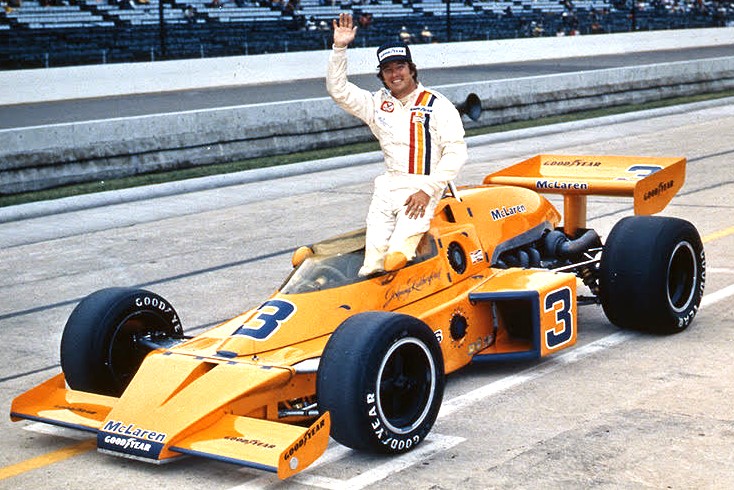
Kits and Pieces
40 years of Almac cars
At one time the Hutt Valley could have been considered the Detroit of New Zealand starting with the arrival of General Motors in 1926, followed by Rover in 1932. They were not here for long. Four years later, Todd Motors and Ford had joined the fray, building factories to assemble Ford, Chrysler, Dodge, Hillman, Humber and Sunbeam cars. Austin arrived in 1946 and eventually became New Zealand Motor Corp (NZMC). At one stage almost three-quarters of New Zealand’s automotive production was coming from the Hutt Valley.
“Unlike the fully built-up car industry, the kit car industry still had a few years to go before entering its twilight. It is a twilight that has, thanks to the hands of many enthusiasts, lingered on until today with a handful of companies still building kitset cars throughout New Zealand. Of these, Almac Cars is the longest surviving, and one of the most successful. It may have never happened if Alex McDonald had not met and fallen in love with a young Kiwi primary teacher who went to work in England as part of her big OE.”
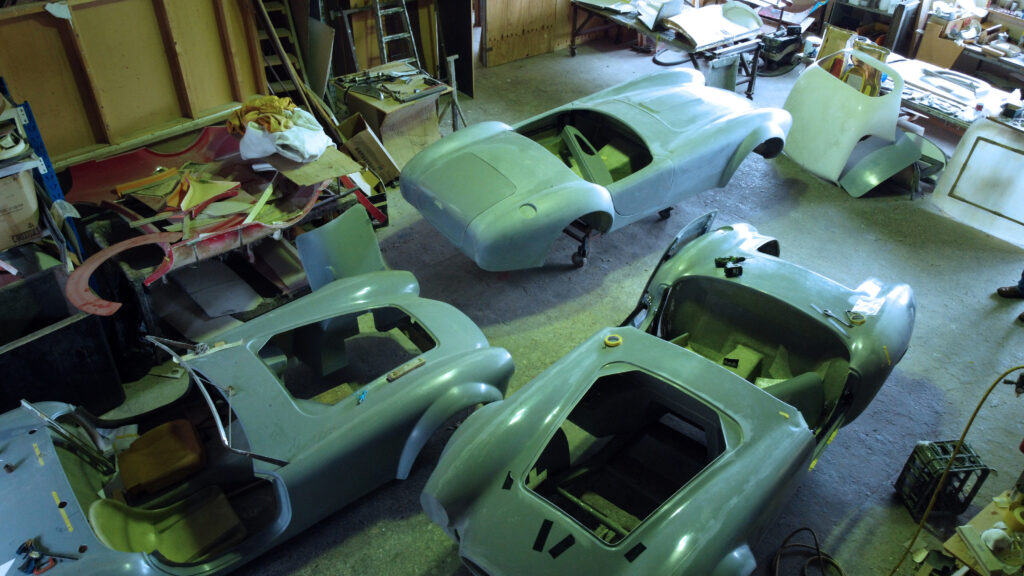
Show Stoppers
We take a quick look at some of the top classic cars and pickups fronting at shows around the country. Many will feature in full in later issues of New Zealand Classic Car magazine.
“We have Ivan and Julie Webster’s 1967 Chevrolet Camaro, Wayne Smith’s 1970 Holden Torana LC, GTR-XU1, David and Catherine Parker’s impressive 1958 Buick Caballero, Dan and Donna Thompson’s Allard P1 and Shane McCallum’s 1968 K-code factory Mustang GT.”
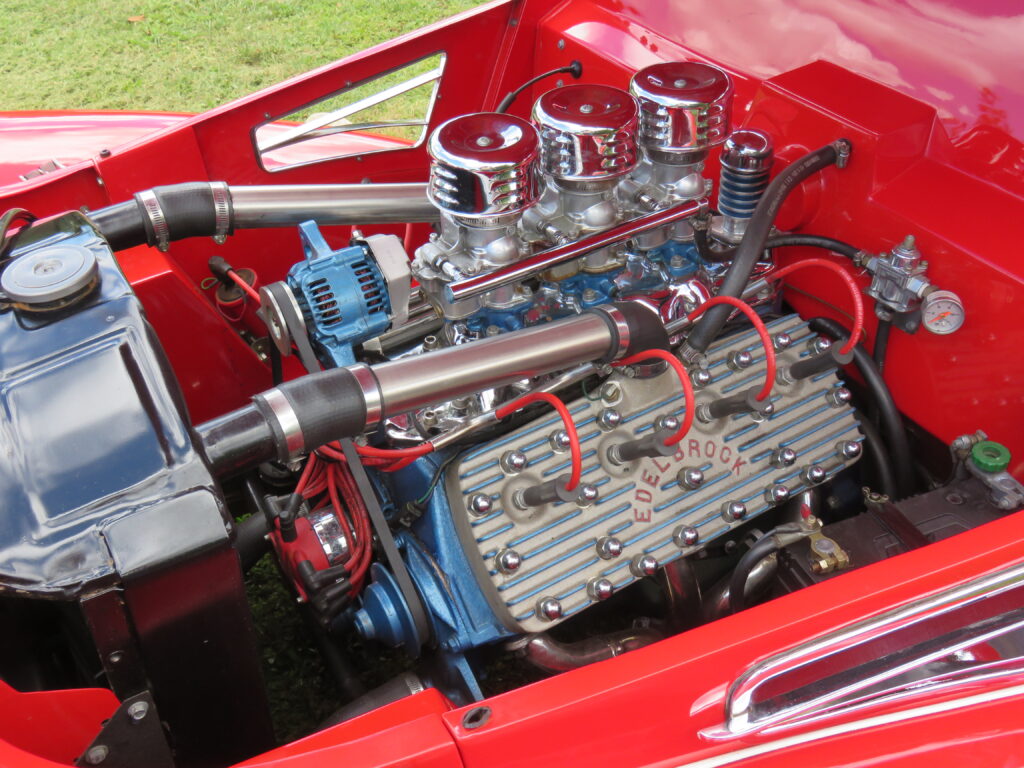
Marketplace Report
Mercedes Benz 190e Cosworth
If there is one model from the recent back catalogue of Mercedes-Benz in which interest has exploded lately, it’s the W201 190E
“Essentially a sporting variant of the regular 190E saloon, the 2.3/2.5-16 was built for Mercedes-Benz to contest the WRC – but then Audi blindsided everyone with their AWD Quattro, which laid waste to the competition. Mercedes changed tactics and instead entered the 2.3-16 in the German Touring Car series (DTM) where it was immensely successful.”
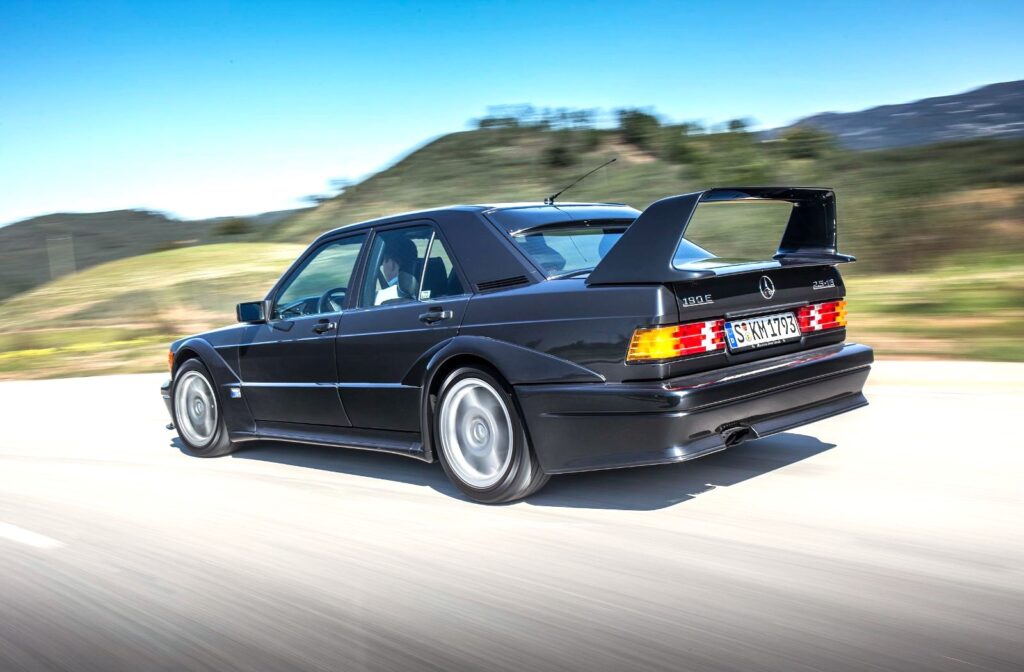
Behind the garage door
De Joux Special
Whenever the name Ferris de Joux makes it into print it is often accompanied by this picture. It appeared in many automotive magazines of the time, including the Australian Sports World (Feb ’65), in a story about this amazing automobile manufacturer and designer from the ’50s and ’60s, written by our own Donn Anderson
“The story starts in 1960 when Ferris saw what was believed at the time to be the legendary 1951 British Grand Prix-winning 375 Ferrari driven by the Argentinian José Froilán González in an Auckland car yard.
A local expert, Allan Morris, has recently researched this and believes the car was actually the No12 car driven by Brazilian Chico Landi, which only lasted for a lap or two. When its GP days were over, the car was converted into a sports car before being bought by AJ Roycroft for his son, Ron Roycroft, in 1955.”
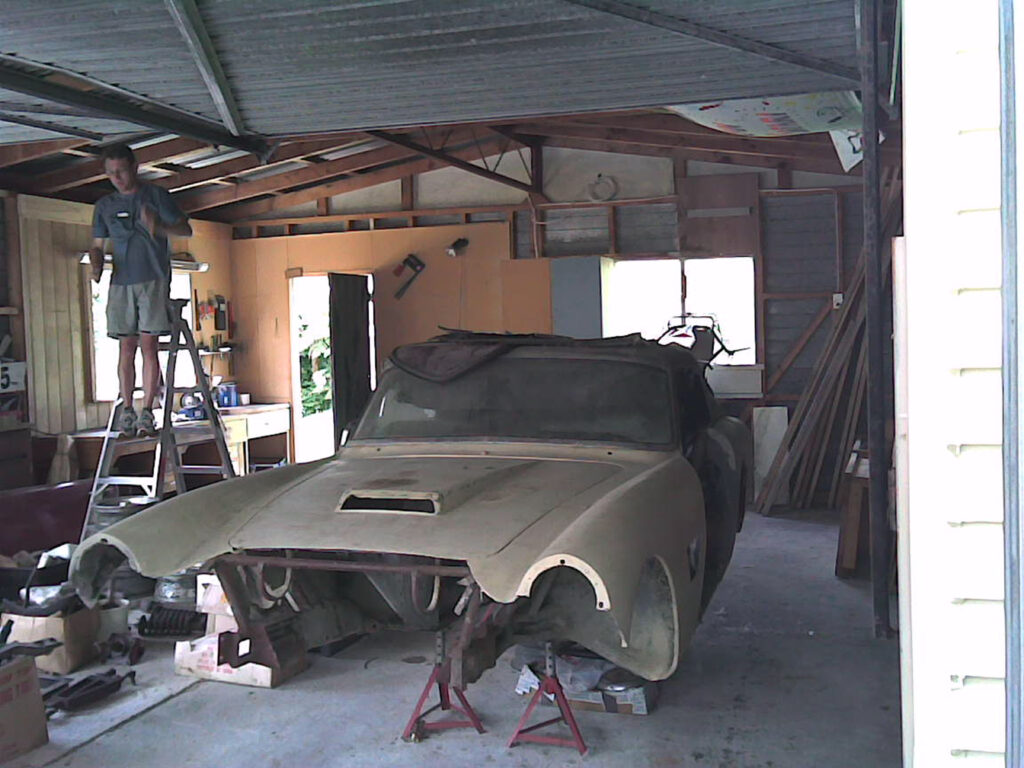
Classic car news and events
Twizel show and shine, Detroit Autorama, Warbirds at Ardmore, Hospice Marlborough show and the Napier Art Deco show
and Price On… by Greg Price
When is the cost of classic vehicle ownership too much?
The Federation of Motoring Club’s (FOMC) recent survey has some interesting data.
To purchase a copy of this issue of the magazine, head to our online store.


